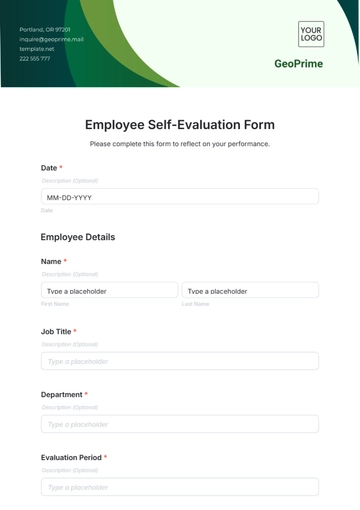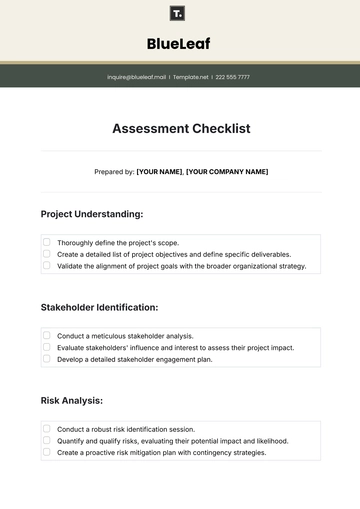Free Assessment Report for Teachers

Assessment Title: [Insert Title]
Teacher's Name | Class/Grade | Subject | Date |
|---|---|---|---|
Performance Summary
Class Average Score:
Highest Score:
Lowest Score:
Performance Breakdown by Criteria:
Criteria | Average Score | Max Score | % Achievement |
|---|---|---|---|
Knowledge of Key Concepts | |||
Critical Thinking Skills | |||
Presentation of Ideas | |||
Classroom Management | |||
Peer Communication | |||
Class Objective |
Key Observations
Strengths:
Areas for Improvement:
Common Errors:
Recommendations
Based on the assessment findings, the following recommendations are proposed:
Professional Development Workshops:
Peer Collaboration Sessions:
Utilization of Feedback:
Principal's Signature
- 100% Customizable, free editor
- Access 1 Million+ Templates, photo’s & graphics
- Download or share as a template
- Click and replace photos, graphics, text, backgrounds
- Resize, crop, AI write & more
- Access advanced editor
Template.net’s Assessment Report Template for Teachers is an essential tool for documenting student progress. Editable in our AI Editor Tool, this customizable template streamlines the creation of detailed, professional reports. Ideal for classroom and administrative use, it ensures clear communication of student achievements and areas for improvement. Get it today!





























